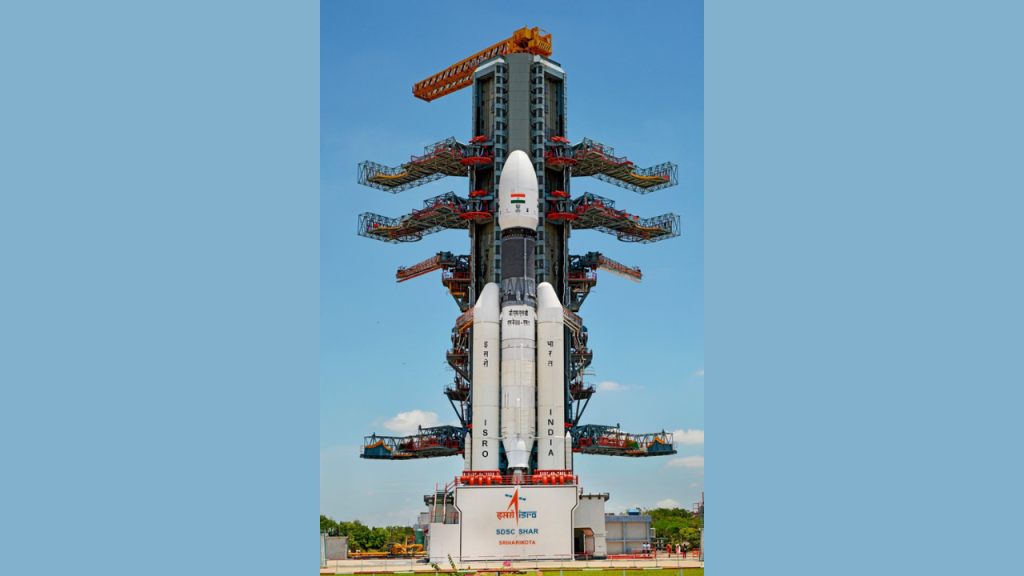The New Space India Limited (NSIL) has once again stamped its signature on the deployment of perhaps the world’s second satellite communication constellation with global coverage – OneWeb. NSIL and ISRO can now claim to have launched slightly more than 10% of the satellites launched in the OneWeb constellation, only in two launches, and while competing with the aggressively priced Soyuz-2 and the partially reusable Falcon-9 Block 5.
India made a climaxing entry in the lifetime of OneWeb, which came into existence in 2012 by the name of WorldVu Satellites. To put things into perspective, OneWeb had already launched 72 of its total 648 satellites in the constellation when it filed for bankruptcy on 27th March 2020, citing COVID-19 pandemic-related financial consequences and had to lay off hundreds of employees.
COVID-19 brought tremendous changes in India’s space landscape when actual space activities had gone into deep hibernation. The Indian government executed the space reforms in May 2020. In June 2020, OneWeb announced it was exiting bankruptcy owing to the UK Government and Bharti Enterprises’ capital infusion of US$ 500 million each. Who would have thought that these two would pull out OneWeb from financial troubles, especially when OneWeb, in its early years, had explored partnerships with Google, SpaceX, OHB, Thales Alenia Space, and Lockheed Martin, among others? NSIL was hardly in its first year of existence when all these developments happened. ISRO’s heavy-lift launch vehicle, the LVM-3, in its earlier iteration, as the GSLV Mk-III, had three successful launches but with payloads of around 3.5 tonnes, insufficient for OneWeb, which, with its first Soyuz-2 launches, had a payload size in the range of 5 tonnes for its 35 odd satellites per launch. Moreover, Russia kept launching the OneWeb satellites until March 2022 on its Soyuz-2 until the Ukraine crisis began, and OneWeb was forced, mainly by European investors, to cease business with Russia. It was here, when SpaceX and NSIL entered as commercial satellite launchers for OneWeb with four and two launches, respectively.
India often underplays when it shouldn’t. Firstly, through the significant stakes of Bharti Enterprises, India is an immense force in the upcoming satellite communications market. France’s Eutelsat and South Korea’s Hanhwa are two recent investors in OneWeb. Both are currently incapable of offering launch services, especially for the second-generation satellites needed to upkeep the constellation. Given the West’s acrimony with Russia, Soyuz-2 is neither an option nor China’s Long March-5. So what remains are the US and India-based options. Although both have distinct characteristics, this makes the LVM-3 a competitor to Falcon-9.
If India is to indeed graduate in the next league, after having tasted success with the LVM-3’s commercialisation, it must insist OneWeb on building a sizeable fraction of the second-generation OneWeb satellites in India. The first-generation satellites, including those launched by LVM-3, were manufactured in Airbus’ OneWeb dedicated Florida facility. India should steadily push its space ecosystem to integrate into Airbus-OneWeb’s global supply chains, offer competitive pricing for its products and services, and develop sister capacities to Florida-based manufacturing in India.
India’s space ecosystem deserves large upstream contracts, and the sizeable share of Bharti enterprises in OneWeb’s ownership should be leveraged. Getting Airbus-OneWeb satellites manufactured in Bengaluru, Hyderabad, or Chennai and launched on the now commercially-proven LVM-3 from Sriharikota is the apt strategy ahead. The strategy could be that satellites built in Florida would be found in the US. In contrast, those made in India could be launched from Sriharikota or Kulasekharpattinam – the new small satellite launch pad site – shortly. This would tremendously reduce logistics costs, create quicker turnarounds for replacements, and develop new conveyer belts for other types of satellites in India. If Airbus can build the C295 aircraft in India, it certainly can build small satellites here.





